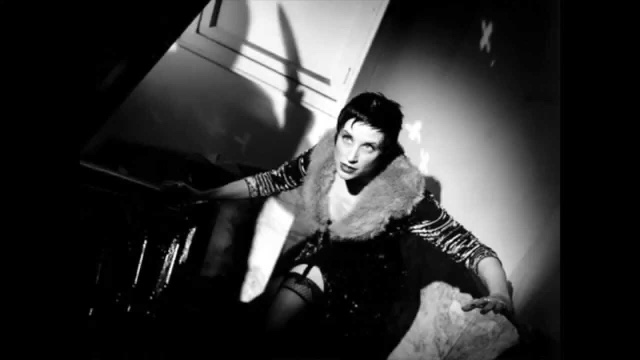Director - Yann Dermange
Writer - Gregory Burke
Producers - Angus Lamont & Robin Gutch
Music - David Holmes
Cinematographer - Tat Radcliffe
Editors - Chris Wyatt
Cast:
Garry Hook - Jack O'Connell
Thommo - Jack Lowden
Training Corporal - Paul Popplewell
Jimmy - Adam Nagaitis
Carl - Joshua Hill
Themes:
The themes within the film include things such as Betrayal, Trust, Violence, and Exposure.
Genre:
The film falls under the genres of Action, Drama, and Thriller.
Year:
71 was released in 2014.
Running Time:
The film runs for 99 minutes.
Budget:
The budget for this film was £8.1 million.
Box Office:
The film made £1.6 million in the box office.
Production Company:
The production companies for this film are Crab Apple Films, Protagonist Pictures, Warp Films.
Sound:
The sound within 71 is very is very unique at times. One particular moment that caught my attention was the bomb scene. When the bomb goes off, all of the sound becomes diluted and there is a constant non diegetic ringing sound over the top. This makes the audience feel like they are part of the scene and as they can hear what the characters can hear. It can make the audience agitated because they noise is constant and they want it to end which is what the characters want.
Cinematography:
The foot chase is shot with a handheld camera to bring a sense of terror to the scene for the audience. The camera moves a lot and is very jults a lot, showing the urgency that the protagonist has to escape the pursuers. Over the top was up beat non diegetic music and heavy sounds of fast breathing, making the scene even more intense for the audience.
Trust:
Trust is a big part of the film as the protagonist has to trust a little boy who says he will bring him back to his barracks. Nearer the end, he also trusts the Irish couple to look after him and stitch him up, and he trusts the young boy not to shoot him at the end. Within the film, trusting people is hard because you do not know who is on what side. Which is why the protagonist is held back when trusting the child because he did not know where he was being taken. He has to trust people and rely on them in order to get back to where he was.
Exposure:
I think exposure is another main theme within the film because the protagonist is not in his own territory. The people living there want to kill him, therefore he is very exposed to lot of danger and has to try and survive. He is in an environment he doesn't know off and has to trust others to help him, not knowing whether they will kill him or not.





